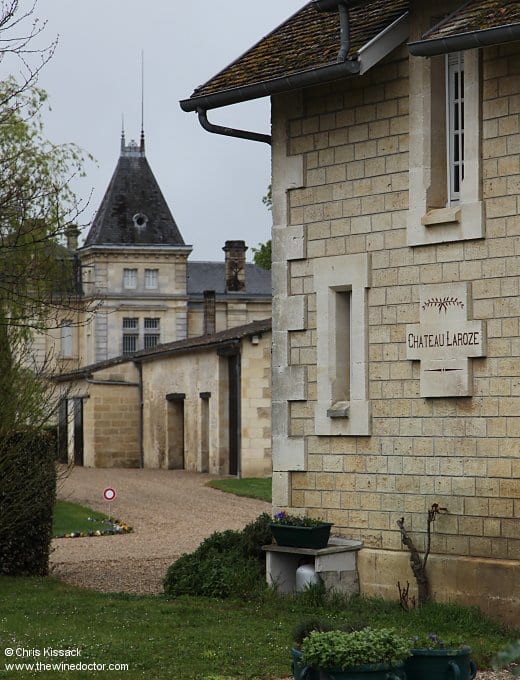Château Laroze
In an era when the most famous châteaux of Bordeaux all seem to belong to insurance companies or pension funds, it is a pleasure to come across an estate of significance that remains in family hands. Even less common, however, is to find an estate that remains in the hands of the family that founded the property one or two centuries ago. And yet that is what we find with Château Laroze, which in the early years of the 21st century is owned and managed by the descendants of the couple that assembled the estate from a small collection of vineyards two centuries beforehand.
Despite this long period of family ownership, we should not regard Château Laroze as a sleepy backwater where little has changed. Under the direction of the current generation there has been significant investment and revitalisation, and a new focus on improving the processes of vinification and the ultimate quality of the wine. There has even been a brief dalliance with biodynamics, so there is no fear of innovation and experimentation here. But before coming to these more recent events, we should first look back at the history of the estate, which kicks off in the middle of the 18th century.

